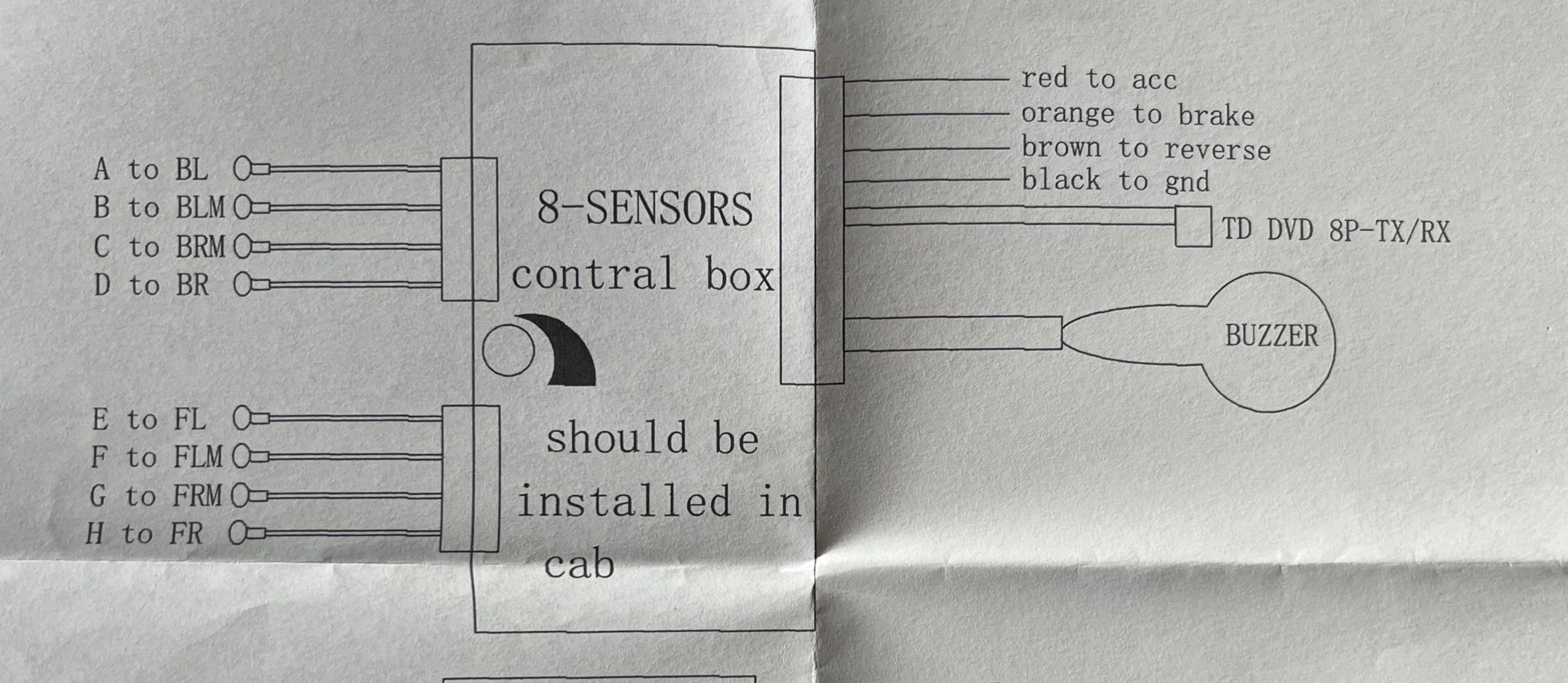
Smart Sensors for Predictive Vehicle Maintenance: Your Car’s New Sixth Sense
Remember when your car’s only way to communicate was a blinking “check engine” light that sent you into a spiral of anxiety? That vague, unhelpful warning is quickly becoming a relic of the past. We’re entering a new era where your vehicle doesn’t just signal a problem—it predicts it.
Honestly, it’s like your car is developing a sixth sense. And the secret behind this newfound intuition? Smart sensors. Let’s dive into how these tiny, powerful devices are completely reshaping what it means to take care of your vehicle.
What Are Smart Sensors, Anyway?
Think of a smart sensor not just as a simple gauge, but as a mini-computer with a very specific job. It’s a device that measures physical conditions—like temperature, pressure, vibration, or even the chemical makeup of a fluid—and then turns that data into actionable intelligence.
Unlike basic sensors that might just trigger a warning light, smart sensors are constantly talking. They monitor trends, detect minute changes, and communicate with a central brain (the vehicle’s computer system) to build a real-time health profile of your car. It’s the difference between a doctor taking a single snapshot of your health versus wearing a fitness tracker that monitors your vitals 24/7.
The Magic Behind the Scenes: How It All Works
So, how does this predictive vehicle maintenance magic actually happen? It’s a three-act play, honestly.
1. The Constant Conversation: Data Collection
A network of sensors is embedded throughout your vehicle. Here are just a few key players:
- Vibration Sensors: Mounted on the engine, transmission, and wheels, they listen for unusual shakes or tremors that signal imbalance or wear.
- Oil Quality Sensors: These don’t just check the level; they analyze the oil’s chemical composition, looking for traces of metal, fuel dilution, or acidity that hint at internal engine wear.
- Thermal Sensors: They monitor the temperature of critical components like the battery, exhaust system, and brakes, flagging overheating long before it causes a breakdown.
- Pressure Sensors: In tires, fuel lines, and the A/C system, they ensure everything is operating within its ideal pressure range.
2. Making Sense of the Noise: Data Analysis
All this raw data flows into the vehicle’s telematics system. Here, complex algorithms and machine learning models get to work. They don’t just look for values that are out of spec; they learn your car’s unique “normal” and identify subtle deviations from that baseline. A slight increase in engine vibration over 500 miles, for instance, might predict a failing motor mount.
3. The Crystal Ball: The Predictive Alert
This is the payoff. Instead of a generic “Stop Engine Now!” alert, you get a specific, forward-looking notification. Something like: “Based on current oil degradation, an oil change is recommended in approximately 1,200 miles.” Or, “Minor brake pad wear detected. Schedule service within the next 60 days.” It transforms maintenance from a reactive panic into a proactive plan.
Why This is a Game-Changer for Everyone
The benefits of this technology ripple out to drivers, fleets, and even the environment. It’s a pretty big deal.
| Benefit | What It Means For You |
| Prevents Costly Breakdowns | Catching a failing water pump early avoids the drama—and expense—of being stranded on the highway with a steaming hood. |
| Saves You Money | Fixing a small issue is almost always cheaper than repairing the catastrophic failure it would have become. It also optimizes part and fluid life. |
| Maximizes Vehicle Uptime | For businesses with fleets, this is huge. Predictive maintenance means fewer trucks off the road for unscheduled repairs. |
| Enhances Safety | Getting a heads-up on critical systems like brakes or tires before they fail is, well, a literal lifesaver. |
| Reduces Environmental Impact | By ensuring engines run efficiently and parts are used for their full lifespan, we waste less and pollute less. |
The Real-World Tech in Action
This isn’t just lab-talk. The technology is here, right now. Modern semi-trucks use predictive diagnostics to keep cross-country deliveries on schedule. And in your own driveway? Many newer consumer vehicles already have sophisticated systems. Electric vehicles, in fact, are leading the charge. Their batteries are constantly monitored by a suite of sensors that manage health, temperature, and charging cycles to maximize longevity.
Here’s a concrete example: a smart battery sensor. It doesn’t just tell you if your battery is dead; it analyzes charge/discharge cycles and internal resistance to predict its end-of-life. You might get an alert saying, “Battery health at 25%. Likely to fail within 3 months. Consider replacement at your next service.” That’s power. You know, actual power.
Challenges on the Road Ahead
Of course, no technology is a perfect silver bullet. There are hurdles. The sheer volume of data can be overwhelming. And then there’s the question of data privacy—who owns all this intimate knowledge about your vehicle’s operation? It’s a conversation we need to have.
Furthermore, the accuracy of the predictions relies heavily on the quality of the algorithms. A system that cries wolf too often will quickly be ignored by drivers. The tech needs to earn our trust. And let’s be real, the initial cost of these sophisticated systems is still a factor, though it’s coming down fast.
What This Means For Your Next Garage Visit
The role of the mechanic is evolving, and that’s a good thing. Instead of spending hours on diagnostics, a technician can receive a detailed report from your car’s sensors before you even arrive. This shifts their role from detective to specialist, focusing on the confirmed repair. It makes the process faster, more accurate, and often, less expensive.
For you, the driver, it means empowerment. You’re no longer driving on borrowed time, hoping that strange noise isn’t serious. You have a partner in your vehicle that gives you a heads-up. It turns maintenance from a chore you dread into a scheduled, manageable task. You regain a sense of control.
The Road Forward
We’re moving away from a world of guessing and reacting, and into one of knowing and planning. Smart sensors for predictive vehicle maintenance are more than just a convenience; they represent a fundamental shift in our relationship with the machines we depend on every day.
It’s a future where the “check engine” light doesn’t have to be a moment of panic, but simply a notification—a quiet, confident whisper from a machine that knows itself, looking out for you. And honestly, that’s a future worth driving towards.



